AT HOME YET HOMESICK
After some international stories this month, I thought it time to bring things closer to home. I have access to some great Sake in Hong Kong, an amazing selection of Japanese restaurants, I’m even learning Japanese face to face (well, face to Perspex to face) with my tutor from Osaka, yet I am still craving to be in Japan.
So what’s missing?
Lockdown hasn’t been a ‘thing’ here in Hong Kong for which I feel very lucky and so I have far less reason to moan about things than most people do. But three months ago (100 days ago actually) I flew back home from Japan and promptly cancelled my next six flights. We all know why.
It’s hard to put the reasons why I miss being in Japan into a single word. The Japanese probably has a wonderfully emotive word for it but until I safely navigate well past Chapter 20 of Japanese For Busy People and the book’s cheeky protagonist Sumisu-san informs me of it, I’ll have to default to terroir.
I’ve already had a stab at terroir in a previous article but it feels like such a broad topic to me. I imagine this won’t be my last visit to it. But it does explain somewhat the missing jigsaw piece. It all basically boils down to the unique experience of both choosing and consuming Sake, in situ, across Japan.
Image courtesy of Yamanaka Sake No Mise
Let’s start with choosing. After the USA, Hong Kong is one of the leading Asia markets for importation by value. There’s no hiding the fact Sake is big here, so there’s a lot of choice but with a few notable and very decent exceptions, the range offered is heavily top end.
A survey I recently read by SSI International, had a project team survey the Sake preferences across Asia, Europe and the USA in 2018. There’s some interesting findings:
Hong Kong has the highest indexing within these markets for buying at the Supermarket - more on this below, but let’s agree that it’s really not a rewarding or experiential buying experience anywhere in the world
The cost of Sake purchase in Hong Kong was evaluated by the respondents as ‘Not too expensive’, so essentially the price tag isn’t a major factor in how we shop here for Sake (basically there’s nothing stopping us buying what we like best)
And perhaps most enlightening of all, Hong Kong Sake bottle purchases tend to be in the ‘Fruity & aromatic’ category…i.e. quite likely to be a Ginjo or Daiginjo category Sake
A quick count up on a few retailer websites gave me a stat that backs up this last point, that 7 out of every 10 bottles in Hong Kong is a Ginjo or Daiginjo. And within the other 3 in 10 bottles, there’s a lot that are Tokubetsu. Hong Kong likes its Sake, and it likes the good stuff.
One blessing I’m not bemoaning here is that Sake, generally, is well looked after. A recent delivery from my Coronavirus lifeline, Sake Central, arrived heavily shrouded in condensation, the isshobin having been brought straight from their fridges to the apartment and fighting a losing battle in the humidity en route.
But an expensive inventory means chiller space is for the first class Sakes only, those in steerage are demoted to the ambient temperature shelves once fridges become full. And I have to admit this sometimes makes me think twice about some Supermarket purchases, and perhaps might explain Hong Kong buying habits too.
I guess this puts me in the minority camp then, the guy keen to seek out the more rustic and traditional stuff. This may be symptomatic of the fact that in restaurants, I’m subconsciously aware that the Sake menus will also reflect this 7:3 ratio, and often it’s even more skewed to premium. And people are happy to pay for it. But don’t get me wrong, my preferred kinds of bottles can be found, it just takes a little time.
So, whilst I’m drinking some really great stuff just now as my buying habits are at the mercy of Hong Kong market forces, I’m thirsting after some more humble Sakes. And one experience in Osaka got me reminiscing.
Many of you will know, I’m sure, Yamanaka Sake No Mise, located well out of the fun and chaos of Osaka. It’s probably 20 minutes by car away from the main drag, tourist traps and luxury retail. This alone is a good start.
Down a quiet street, a small entranceway leads you up into the shop’s lobby, for want of a better word, where there’s a tasting space, plenty of literature and some trinkets to distract you before you ascend to the inner sanctum of their Sake storage, by way of a spiral staircase.
Be careful carrying your bottles down to the cash register
Grab a coat - made available for customers to use - before entering any one of the three different temperature-controlled rooms and be prepared for some great Sake choices as the mercury tumbles room by room.
I bypassed all the highly polished stuff, knowing that many would be lined up in their refrigerated glory back in Hong Kong, and chose what turned out to be a stunning Kimoto Junmai Muroka Namagenshu from Akishika Shuzo. Just in time too, frostbite was beginning to set in as I ambled around and around in the coldest room.
This brewery is one of only a few in Osaka Prefecture, so of course it was wonderfully fresh when I bought (and consumed) it. It was less than 3 weeks since release, I recall. You can’t really do that outside of Japan, not without some serious logistics costs. There’s a lovely story behind this brewery’s local values which I may come back to one day but suffice to say, buying ‘local’ in Osaka is hard to beat.
Sure, this is just one example so doesn’t prove anything necessarily but the ratio of Ginjo to non-Ginjo at this store is 1:1 (in fact 9:11 actually, so there’s more non-Ginjo).
So how about tasting?
Let’s park the experience of visiting a brewery in Japan and having a behind the scenes tour and tasting, or just the tasting on its own even. Nothing can match that and it would be unfair for me to cite that as a reason for my desire to be back in Japan, in just the same way that visiting a winery and drinking in the smells and sounds of a vineyard bathed in afternoon sunshine can’t be replicated in a store on a B1 floor in a shopping mall.
Recent Sake retail experiences in the UK left me thinking that there’s a lot more to do if we’re to expect the average beer swilling or Prosecco glugging Brit is going to pull out a Tokkuri on date night. What I saw meant a lot of self-education would be needed, and that’s a hard-fought battle.
In Hong Kong, it’s pretty good. We’ve got schools, courses, Sake Samurai and should even have had Sake Walk 2020 to look forward to in September, building on last year’s festival gathering of Toji and brewery rockstars. Sadly, like so many other events, that’s off.
Supermarkets too are quite proactive about offering little tastings, often numbing the pain of a busy Saturday afternoon grocery shop. But at the end of the day, you’re still in a supermarket, the UV light isn’t flattering, someone always wants to reach through you to take a look at the very bottle you’re tasting (only to then have to reach back to return it). And the cups, so tiny, manufactured in a Lilliputian plastics factory, right? Retailers, you do know alcohol evaporates quickly!
Again, there are exceptions (and a recent unexpected supermarket tasting with Flavour Of Life had me dragging home quite a haul of great Namazakes). But it’s hard to compete with a tasting I had in Spring this year, again in Osaka (but different trip).
Lunch is served
This is Shimada Shoten, a pleasing refuge a shortish walk from my city center hotel. The rules are clearly stated - very Japan - but you’re then welcomed by father and son (with some decent English - I got an Izakaya recommendation from them that I still need to visit) and encouraged downstairs into the basement tasting space, which hasn’t had a fancy designer or architect’s input, and all the better for it.
And here it’s all books, bottles, cups and, well, stuff. Sake stuff. It’s like you’re drinking in a museum, somewhere back in time. Cell phone calls are banned (wonderful) and you’re left to your own devices although Shimada-san is very keen to help you choose. There’s a lot of aged stuff. I tried this 1992 Honjozo from Choryo Shuzo and ended up buying a bottle to take away with me, it was really good and something which I knew I would have a hard time finding outside of Japan. It was local-ish too, always a bonus, from neighbouring Nara Prefecture.
Image courtesy of Shimada Shoten
Count up your cups and your plates, ascend to the upper level again (carefully - there’s a woefully steep staircase to contend with, particularly with boozy legs) and pay your dues. At ¥222 / HK$16 / US$2 a cup, it’s wonderful value and perhaps why their honour system can work. Can you imagine this working in many cities outside of Japan?
Like I said at the start, this isn’t a moan at you, Hong Kong, far from it really. My fridge is well stocked with a good selection of Sakes from trusted suppliers which I have been able to amass from store visits and events these last few months, whilst millions have been confined to their homes. I’ve been fortunate.
But tonight, by way of protest (very Hong Kong!), I will go against the grain of the Sake trend in this fine city, and crack open my most rustic, cheapest bottle! See you soon, Japan.
FOOTNOTE:
Antipodeans! Please note that Akishika’s Sakes are available from Black Market Sake - www.blackmarketsake.com
QUICK GLOSSARY:
Ginjo 吟醸: Sake made from rice at a polishing ratio below 60%
Daiginjo 大吟醸: Sake made from rice at a polishing ratio below 50%
Tokubetsu 特別: Simply means “special” and identifies that a special production process was applied to a Junmai or Honjozo category Sake. More often than not it designates that a lower rice polishing rate than required took place
Isshobin: The most popular bottle size in Japan, this 1 sho bottle holds 1800ml/1.8l (1 go合 = 180ml / 10 go = 1 sho升)
Tokkuri: A carafe for serving hot or cold Sake. Traditionally made from ceramic or earthenware, it can be partially submerged into a hot water bath to gently warm the Sake. Designed to hold one “go” or ichigo (180ml) of Sake
Kimoto 生酛: Kimoto is a style of Sake that uses the original yeast starter method laboriously created using long paddles to promote natural lactic acid development
Junmai: Sakes made with no added alcohol are Junmai, the only ingredients are rice, water and Koji mould
Muroka: Sake that has not been fine filtered using charcoal
Namazake: 生酒 (生:raw, fresh, or living; 酒:sake) – in short, unpasteurized Sake
Genshu: Sake that hasn’t been diluted with water meaning it can be a little stronger than the standard 15-16% alcohol
Toji: Master Brewer with ultimate responsibility for brewing and the leadership of the brewing team
Honjozo 本醸造: Sake made from rice at a polishing ratio below 70%
Shuzo: Sake brewery. Often added to the company name e.g. Morikawa Shuzo
LINKS:
Sake Central
www.sake-central.com
@sakecentral
Yamanaka Sake No Mise
www.yamanaka-sake.jp
@yamanaka_sake
Flavour Of Life
askus@flavour-of-life.com
@flavour__of__life
Shimada Shoten
www.sake-shimada.co.jp
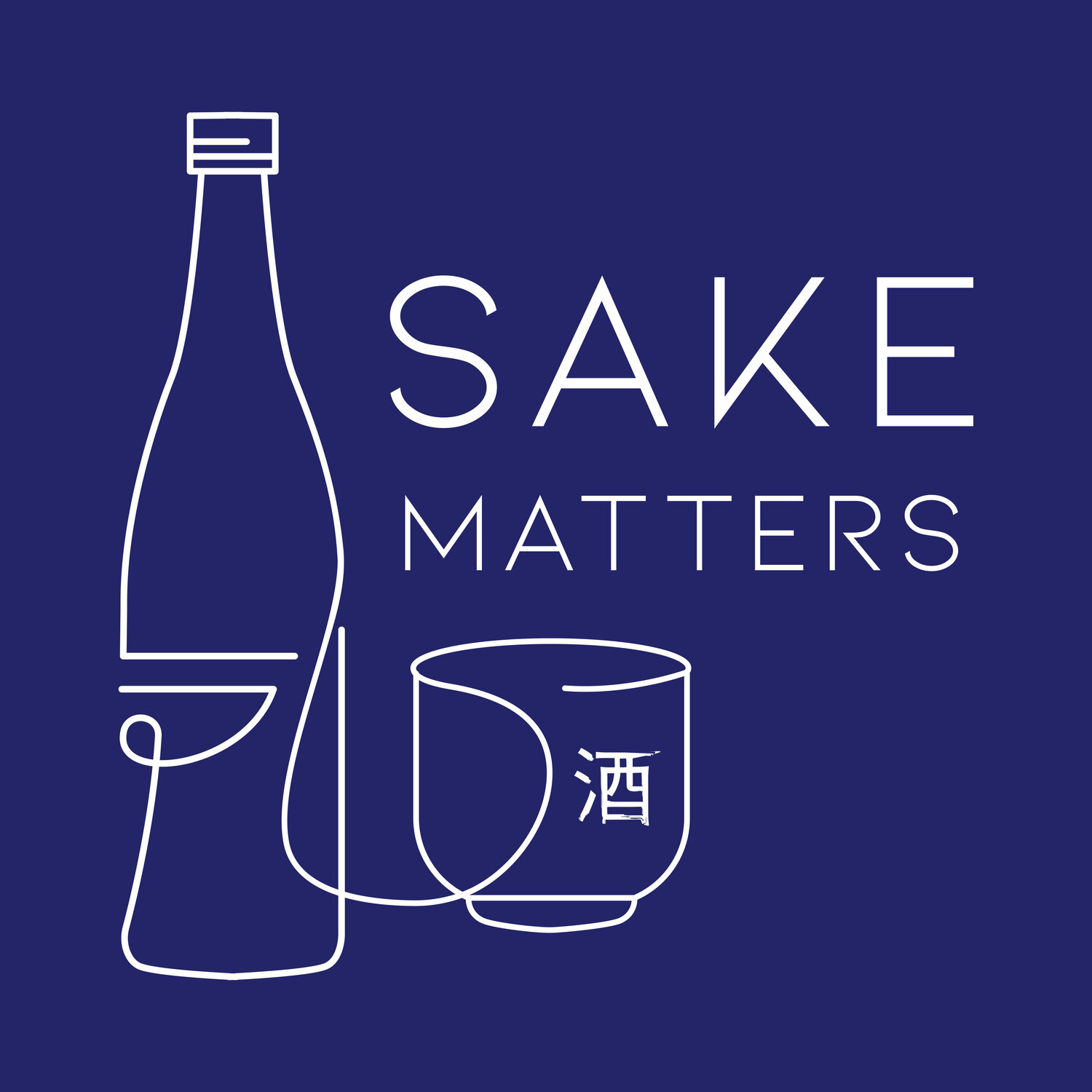


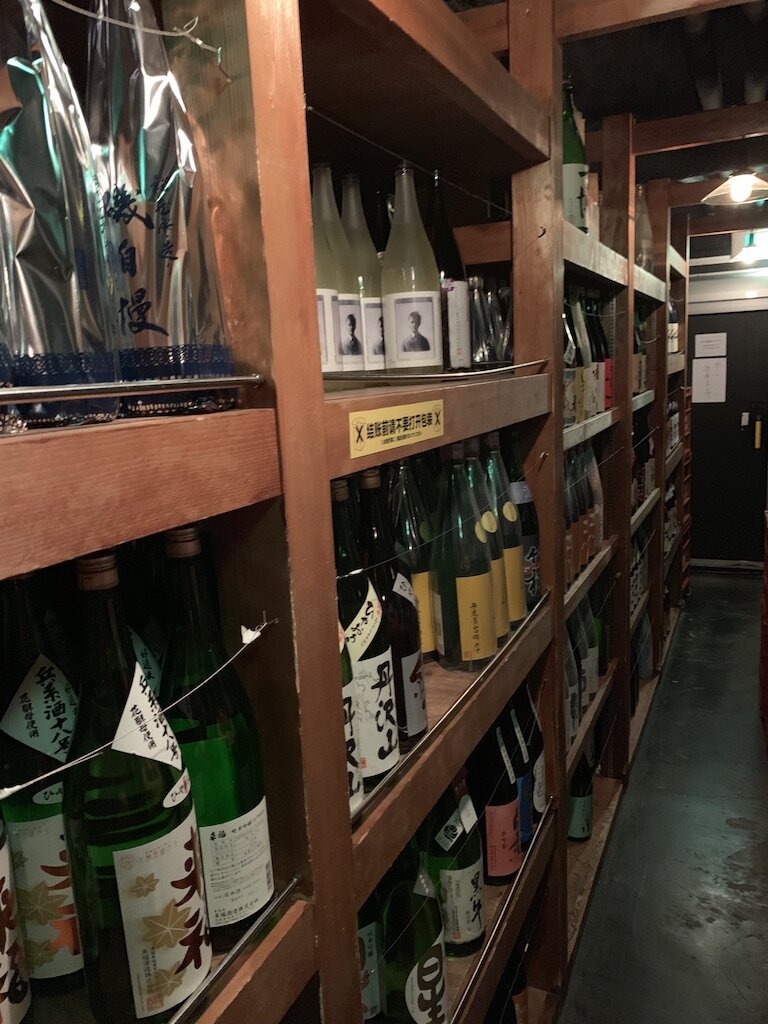


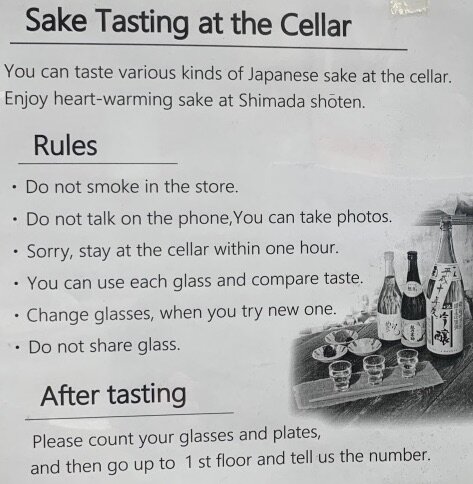



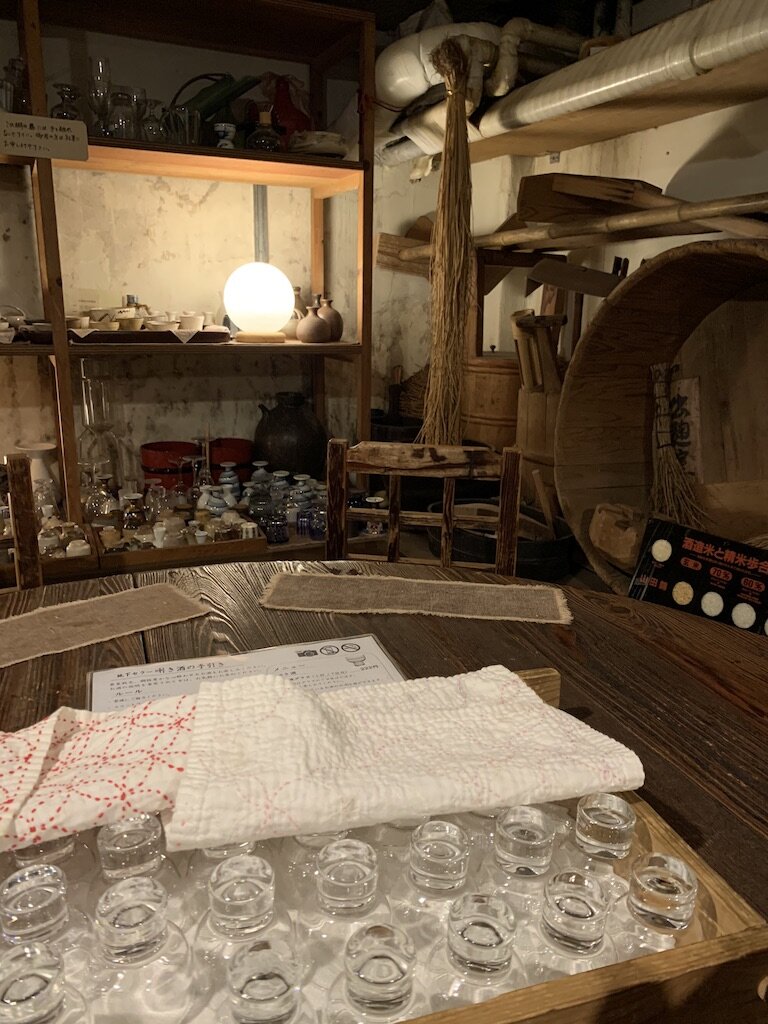
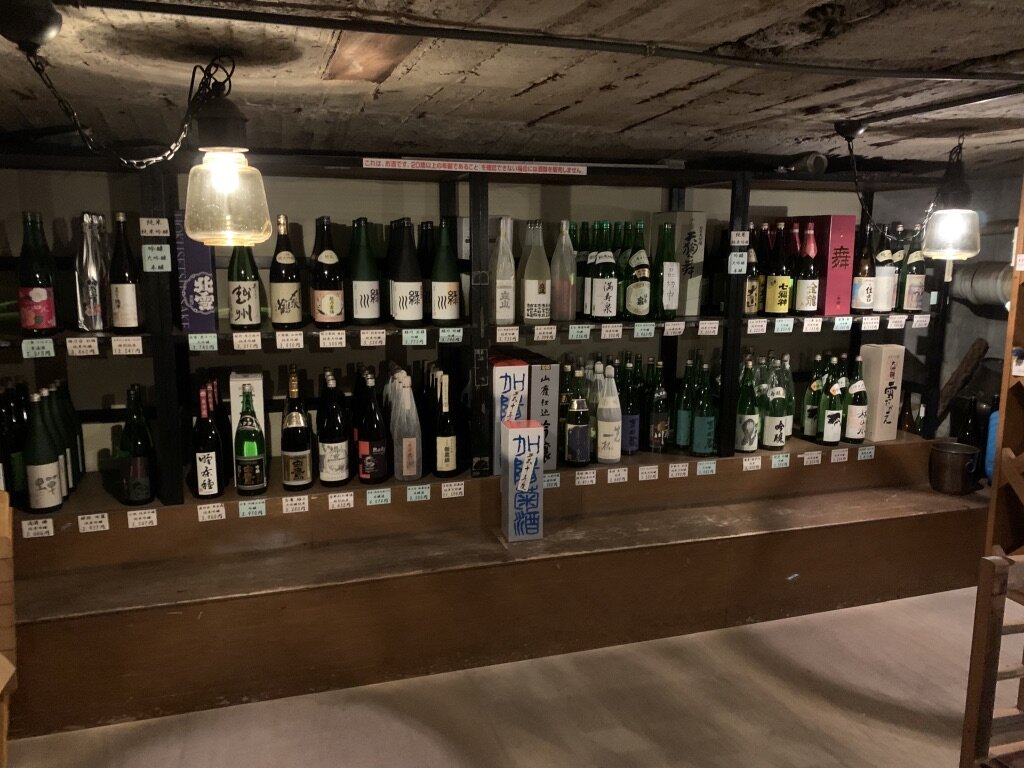




![COULD DO BETTER - Part 2 [Retailers]](https://images.squarespace-cdn.com/content/v1/5e96799c27ead06f534c181b/1682495235584-MY2XC6KOYF5EYLYBGGJM/IMG_9064.jpg)